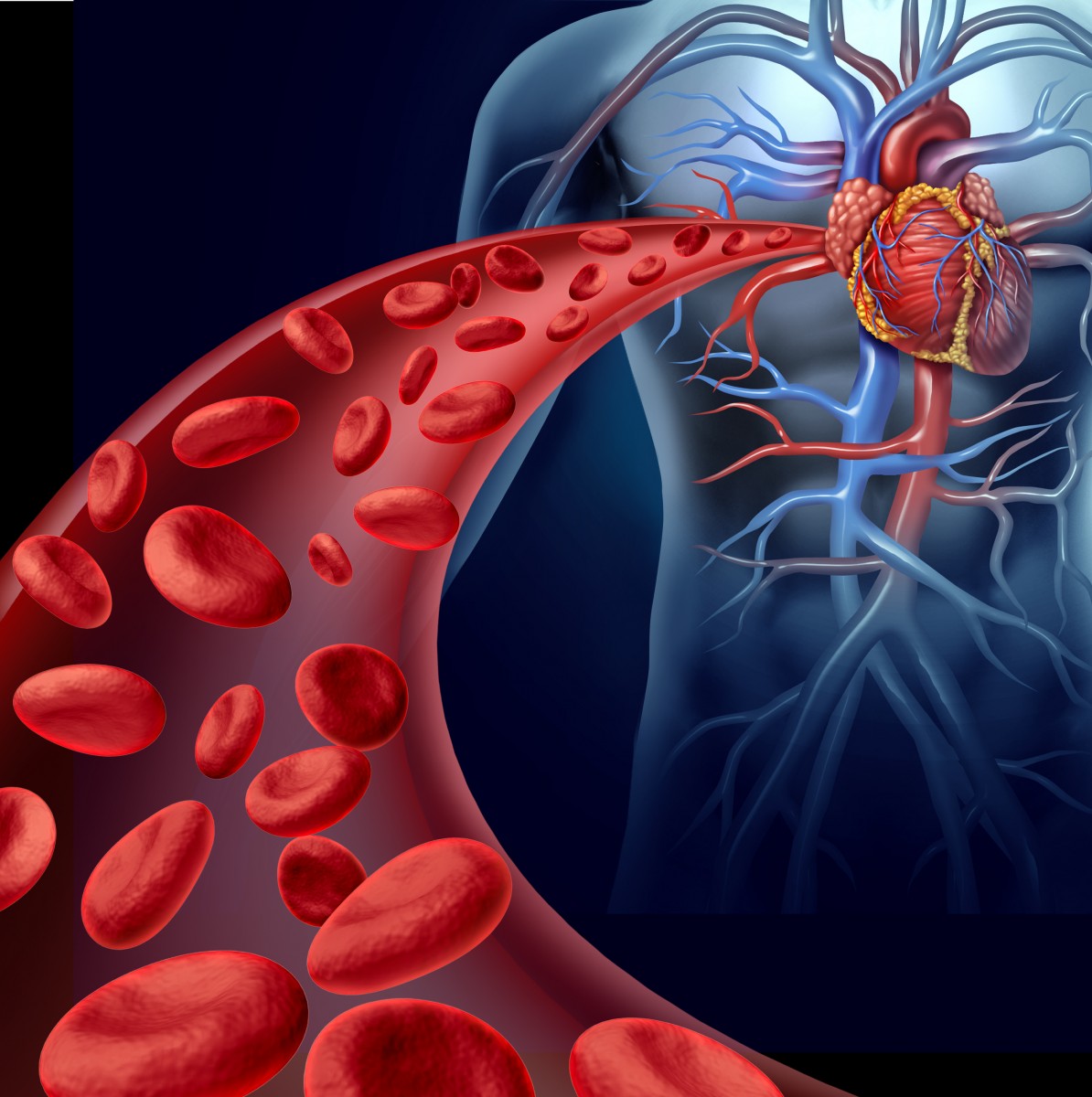Possible Therapeutic Targets, Diagnostic Tools for SCA Heart Complications Identified by Researchers
Written by |

Lightspring/Shutterstock
Increasing evidence points to the development of cardiopulmonary complications in sickle cell anemia (SCA) that may lead to sudden death but cannot be solely attributed to the chronic anemia aspect of the disease. Here, researchers used SCA mouse models to study the physiological, molecular, and cardiac phenotype associated with SCA, opening new avenues for early diagnosis and targeted therapies for SCA-related cardiac disease.
The research paper, “Sickle cell anemia mice develop a unique cardiomyopathy with restrictive physiology,” was published in PNAS (Proceedings of the National Academy of Sciences).
Although cardiopulmonary complications are the leading cause of death in patients suffering from SCA, the mechanism underlying the heart problems have not been fully defined. In this study, a collaboration between researchers at the Cancer and Blood Diseases Institute and the Heart Institute at Cincinnati Children’s Hospital used mice that modeled the disease.
The animals were analyzed through procedures such as cardiac imaging (MRI), electrocardiography, and microscopic cross-section analysis of heart tissues (histopathology and electron microscopy). And, through transcriptome analysis, researchers evaluated the genetic expression profiles of the animals’ heart muscle tissues. The results were then compared to those of mice with chronic anemia to identify processes exclusive to the SCA pathology.
Results indicate that the SCA animals had upregulated genes involved in increased oxidation, hypoxia (lack of oxygen), and fibrosis in heart tissues. Genes associated with electrophysiological function were downregulated. These traits were observed in the SCA mice shortly before a significant number of these animals died suddenly.
Researchers are now using a series of mice lacking such genes –called knockout mice — to further identify and understand the pathways that lead to heart fibrosis in SCA and, hopefully, lead to the development of new targeted therapies to treat cardiac dysfunction in SCA patients.
“It is incredibly exciting to see that this work has inspired clinical trials and other research studies,” said Dr. Nihal Bakeer, MD, the study’s first author, in a news release. “Our goal has always been one and one only: Find the underlying pathobiology of cardiac complications in sickle cell anemia and help find new diagnostics and therapeutics to decrease the morbidity and rate of sudden cardiac death in young adults with SCA.”
The research team has also launched a clinical trial to test the noninvasive cardiac imaging techniques used in the study as early diagnostic tools for identification of heart fibrosis in people with SCA. The trial enrollment phase is complete.




